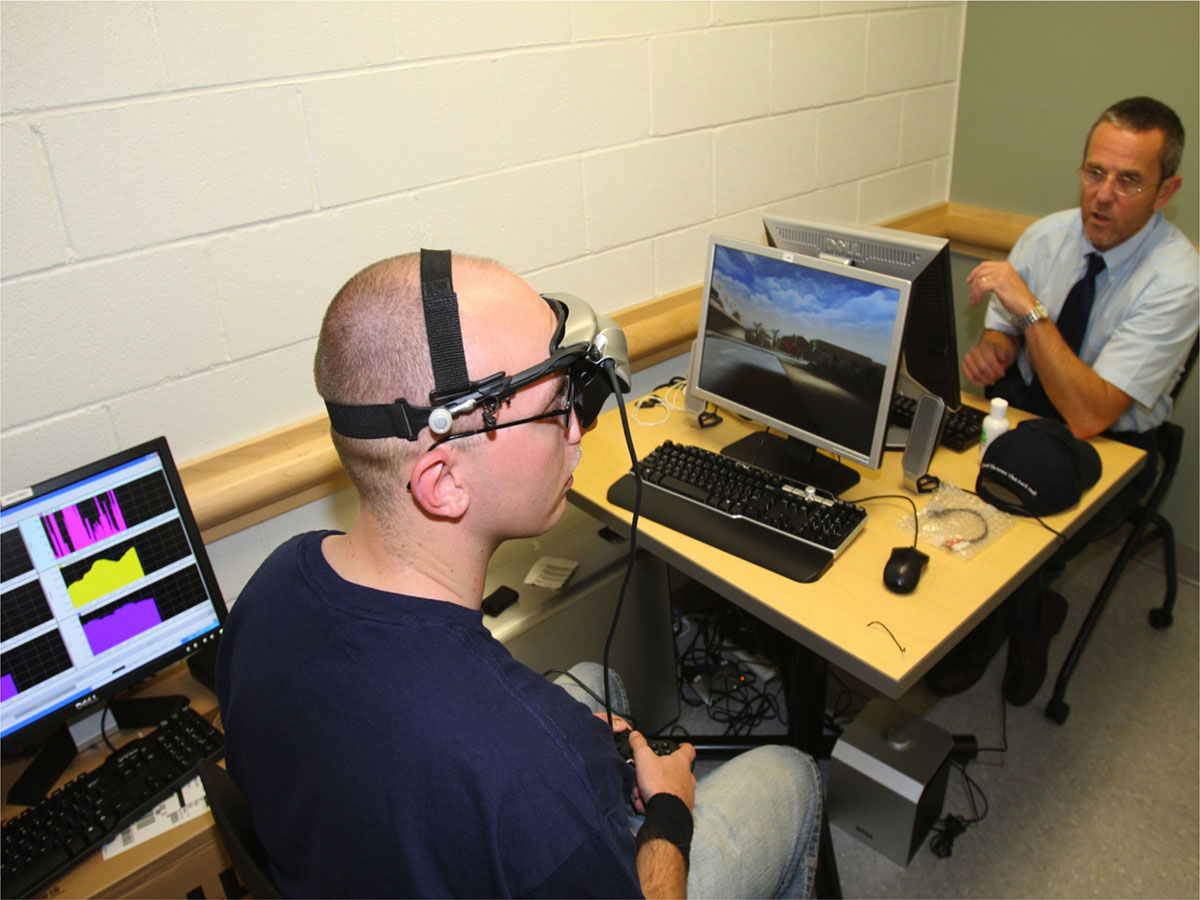
Overview of Post-traumatic Stress Disorder
Post-traumatic stress disorder is a subtype of anxiety disorders and occurs when an individual witnesses a traumatic incident which usually involves a natural disaster, injury or death. Events such as acts of terrorism, prison stay, abuse, war, and the like are all known triggers of post-traumatic stress disorder. Symptoms of the disorder vary widely and for the most part include upsetting flashback memories of the event, nightmares, avoidance and withdrawal, fearfulness, headaches, and dizziness. Treatment options that have yielded the best results consist of cognitive behavioral therapy and support groups.
Assessment and Diagnosis
When it comes to assessing the symptoms of post-traumatic stress disorder, there are various scales available such as the PTSD Symptom Scale and Trauma Screening Questionnaire that yield reliable results and propose further diagnosis if deemed necessary. The DSM-IV is used for more specific diagnosis, and it looks for six distinct elements in the disorder. For instance, there has to be a traumatic event which arouses the feelings of fear, helplessness, and general horror. The individual has to be experiencing disturbing flashback memories, as well as mental and physical distress when reminded of the event. Next, the distressed person has to be avoiding thinking of the event, visiting the place or coming into contact with people who might bring back the horrendous memories. Unless the symptoms are interfering with daily functioning, there is usually no merit for a clinical diagnosis. Additional criteria involve sleep disorders, heightened sensitivity, and attention as well as aggression problems. The duration of the symptoms has to be more than 30 days to qualify for a clinical diagnosis.
Treatment for post-traumatic stress disorder
The first line of treatment consists of prevention. Once an individual experiences a traumatic event he or she can be psychologically debriefed by a counselor. The main purpose of psychological debriefing is to allow the individual to face the tragedy and confront the feelings subsequently aroused by it in a safe, controlled environment. As far as research findings on psychological debriefing go, many experts agree that it does not help individuals who are likely to develop serious cases of post-traumatic stress disorder, but instead aids those who are prone to exhibit only the mild symptoms. In addition, pharmaceutical treatment with cortisol yields favorable results. Cortisol is directed at adjusting memory formation, and it reduces the number of individuals who develop PTSD following a traumatic event if administered in a timely manner. Stepped collaborative care is sometimes incorporated with pharmacological treatment. Patients who are predisposed to developing PTSD are carefully observed for symptoms and if they appear the various kinds of therapy are employed. Further, studies have shown that individuals who are reliving traumatic events are more likely to respond to medications than those who are exhibiting withdrawal and avoidant behavior. As is the case with any kind of psychological disturbance, combining pharmacological and psychotherapy yields the most favorable results. There are various types of psychotherapy that are utilized to treat post-traumatic stress disorder. Some of the more elementary approaches, such as counseling, are often used to inform the individual about the nature of the disorder as well as to offer advice as to how to go about dealing with the symptoms. Many clinicians will opt for a combination of different paradigms of psychotherapy to ensure the individual is capable of handling the situation. Some are more in favor of traditional cognitive behavioral techniques while others support the use of eye movement desensitization and reprocessing. When it comes to the cognitive behavioral approach, clinicians strive to change the way in which the patient comprehends the events while altering the behaviors which arouse the detrimental feelings. Once the individual learns to identify the triggers of negative thoughts and subsequently stops engaging in them the negative arousal is bound to decrease in frequency and severity. A cognitive behavioral therapist also incorporates elements of exposure to the traumatic event. As an individual is repeatedly faced with traumatic reminders of the event he or she is gradually becoming desensitized. In other words, the arousal from the shocking incident is diminished with time and frequent exposure. Depending on the resources of the therapist as well as the nature of the traumatic event, the exposure can be fictitious or real. In the US, exposure therapy is the treatment of choice for the Veterans suffering from post-traumatic stress disorder. When it comes to the eye movement desensitization and reprocessing, the approach consists of 8 phases during which the client is exposed to visual stimuli which rekindle negative arousal. The therapist and the client work together to constructively process the events, and store them in the memory. Many opponents of this approach claim that eye movements do not help as much as the repeated exposure, dealing with thoughts, and applying coping skills to properly manage them. When a disturbed individual is faced with the prospect of therapy having a strong support system comprised of close family and friends is always highly beneficial.


-Causes,-Symptoms,-Diagnosis-And-Treatment_f_280x120.jpg)














Your thoughts on this
Loading...